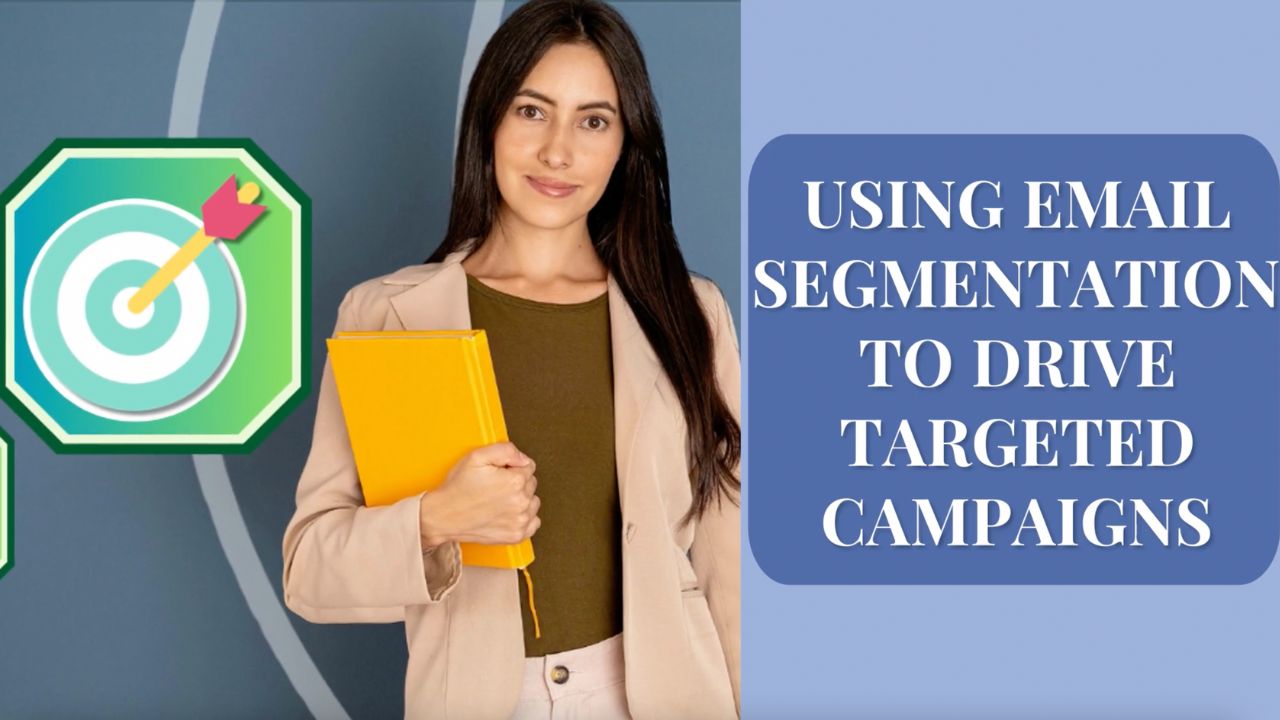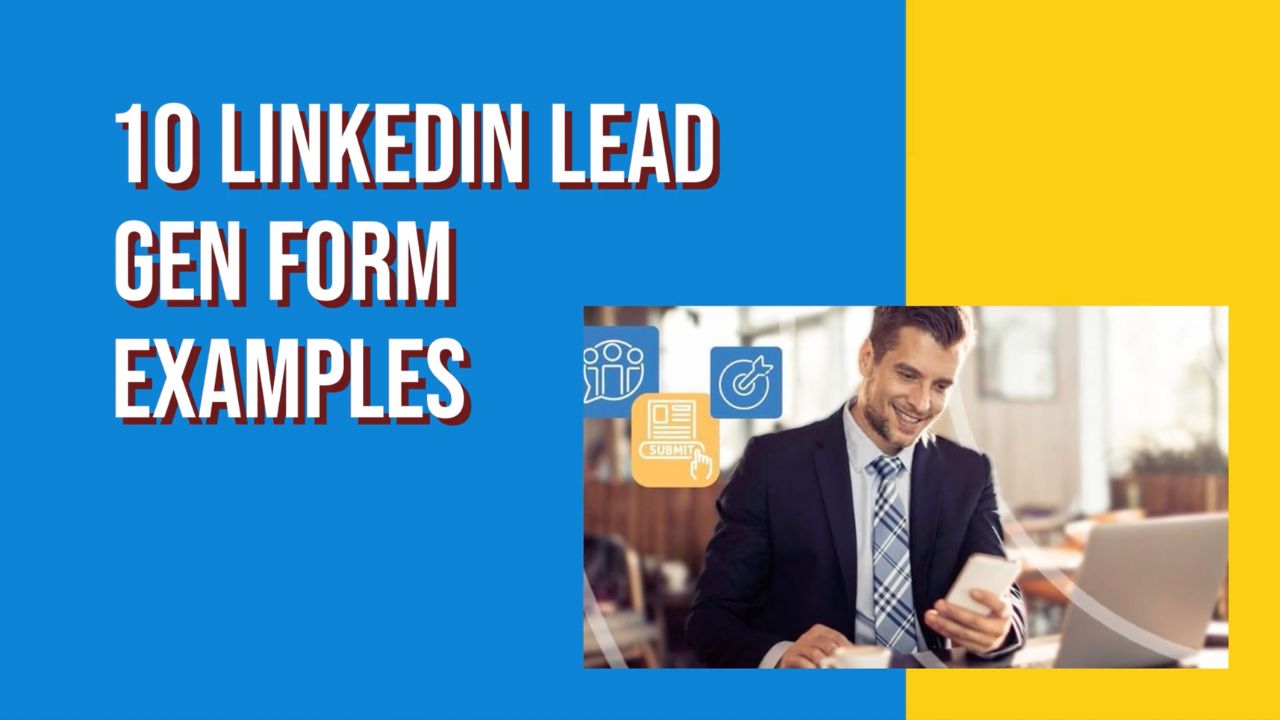Still sending the same email to your entire list?
It’s one of the fastest ways to tank your engagement—and your ROI.
Today’s audiences expect relevance.
When emails feel off-target or impersonal, subscribers disengage…
Worse, your most valuable leads may quietly disappear from your funnel.
The problem? A one-size-fits-all approach doesn’t reflect how your customers actually behave.
The solution?
Smarter targeting through email segmentation strategies.
By dividing your list into specific groups based on behavior, demographics, lifecycle stage, or interests, you can deliver highly relevant, personalized campaigns that drive action.
In this guide, you’ll learn how to implement effective segmentation strategies that lead to:
- Higher open and click-through rates
- Lower unsubscribe and spam complaints
- Increased conversions, loyalty, and lifetime value
Let’s break down exactly how you can use segmentation to make your email marketing more effective—and more profitable.
What is Email Segmentation and Why Does It Matter?
Email segmentation is the process of dividing your subscriber list into smaller groups based on shared characteristics—like demographics, behavior, interests, or lifecycle stage.
Instead of blasting a single message to everyone, segmentation lets you tailor content to specific needs and preferences.
Why does this matter for performance-driven marketers?
Because relevance directly impacts results. When subscribers receive emails that align with who they are and what they care about, they’re far more likely to engage.
Segmenting subscribers by behavior, demographics, or lifecycle lets you send emails that truly resonate—driving higher opens, clicks, and conversions.Click To Post OnHere’s what the data shows about segmented campaigns:
- 14% higher open rates than non-segmented emails
- Up to 75% more click-throughs with personalized content
- 40% lower unsubscribe rates when segmentation and personalization are used
- 58% of email revenue comes from segmented and targeted sends
More relevant emails lead to stronger relationships—and stronger ROI.
Segmentation enables you to prioritize the right message, to the right person, at the right time.
In the next section, we’ll look at the core segmentation strategies top-performing marketers use to drive engagement and revenue.
Essential Email Segmentation Strategies That Drive Results
There’s no universal formula for segmentation—but there are proven strategies that consistently deliver stronger engagement and conversions.
The key is aligning your segments with business goals and customer behavior.
When you clearly define segmentation goals—like boosting click‑through or conversion rates—you can measure what matters and optimize performance with precision.Click To Post OnHere are four high-impact segmentation strategies to integrate into your campaigns:
1. Demographic Segmentation
Group subscribers based on identifiable traits such as age, gender, location, job title, or company size.
You can tailor your tone, offers, and content to match the needs of specific groups—for example, promoting location-based events or creating content relevant to industry roles.
2. Behavioral Segmentation
Segment based on how subscribers interact with your emails, website, or products—clicks, purchases, downloads, browsing behavior, etc.
It reflects actual user intent. For example, subscribers who clicked on a pricing page might be ready for a sales-focused follow-up, while blog readers may benefit from more educational content.
In fact...
- Campaigns using behavioral segmentation can see a 14.32% higher open rate and more than 100% increase in click-through rates compared to non-segmented sends.
3. Lifecycle Stage Segmentation
Tailor messaging according to where someone is in the customer journey—new subscriber, active lead, first-time buyer, or loyal customer.
A welcome series, a re-engagement campaign, and a VIP offer should not sound the same. Targeting based on lifecycle can increase revenue by up to 320%.
4. Interest-Based Segmentation
Use user preferences, content engagement, or product categories to group by interests.
When you send emails about what subscribers already care about, engagement climbs. Tools like tags and interest groups in your email platform make this easy to implement.
How to Collect Data for Effective Segmentation
Effective email segmentation starts with quality data.
Without it, even the best strategies fall flat.
The good news?
You don’t need a massive tech stack to get started—just smart collection points and the right tools.
Here are three core ways to gather the data that fuels segmentation:
1. Use Sign-Up Forms Strategically
Collect key subscriber details at the moment of opt-in—but keep it frictionless.
Best practices:
Want to gather more data later? Use progressive profiling or surveys within email sequences to collect additional insights over time.
2. Track Behavior with Email and Site Analytics
Your email platform already tracks key engagement metrics—use them.
What to track:
- Opens and clicks
- Browsing behavior (via UTM tracking)
- Purchases or cart activity
This behavioral data is gold for building dynamic, high-converting segments based on actual subscriber actions.
3. Leverage CRM and Automation Tools
Platforms like HubSpot, ActiveCampaign, and Mailchimp offer built-in features to segment based on contact properties and behavior.
What they enable:
The more seamlessly your CRM, website, and email tools connect, the more powerful your segmentation will become.
Creating Personalized, Segmented Email Campaigns
Collecting the right data is just the first step.
The real impact comes from using that data to deliver emails that feel timely, relevant, and personal—at scale.
Here’s how to turn your segments into high-performing campaigns:
1. Welcome Series for New Subscribers
First impressions matter. A well-structured welcome sequence sets expectations, builds trust, and introduces your brand in a meaningful way.
What to include:
2. Cart Abandonment Campaigns
Shoppers abandon carts for many reasons—but a well-timed email can recover a significant share of lost revenue.
Best practices:
Brands that use segmented cart abandonment emails often see recovery rates 10–30% higher than generic follow-ups.
3. VIP and Loyalty Campaigns
Segment your repeat buyers or high-value customers to reward loyalty and increase retention.
Tactics to try:
This builds goodwill and strengthens brand advocacy—crucial for long-term value.
Effective segmentation + personalization equals better ROI. Customize content for each segment, not just names—speak to their interests and needs.Click To Post On4. Re-Engagement Campaigns for Inactive Users
Not every subscriber stays active forever—but that doesn’t mean they’re lost.
How to win them back:
Re-engagement campaigns not only revive dormant contacts—they also help keep your list healthy and engaged.
Automating Email Segmentation for Efficiency and Scale
Manually managing segments works—until your list grows or campaigns multiply.
That’s where automation steps in, allowing you to scale personalized experiences without sacrificing relevance.
Here’s how to put your segmentation on autopilot:
1. Set Up Dynamic Segments
Dynamic (or smart) segments automatically update as subscribers meet specific criteria—like clicking on a link, making a purchase, or becoming inactive.
Benefits:
- Real-time relevance
- Reduced manual upkeep
- More accurate targeting over time
Create a segment for users who visited your pricing page in the last 7 days—then trigger a follow-up email offering a product demo.
2. Use Behavioral Triggers
Set up workflows that respond to subscriber actions in real time.
- Downloaded a lead magnet → Send a follow-up guide
- Viewed a product → Email a comparison chart or testimonial
- Attended a webinar → Trigger a tailored offer
These responsive sequences feel personal and timely—boosting engagement dramatically.
3. A/B Test Within Segments
Testing isn’t just for subject lines. Run controlled tests within your segments to continuously optimize content, CTAs, and send times.
What to test:
Segment-specific testing reveals what truly resonates—helping you drive higher ROI from every campaign.
Measuring Success and Optimizing Your Segmented Campaigns
Segmentation is not a one-and-done tactic, but an evolving strategy that improves as you gather more data.
To maximize performance, you need to track the right metrics and adjust based on real results.
1. Monitor Core Metrics by Segment
Track key performance indicators within each segment to identify what’s working—and what’s not.
Essential metrics:
- Open rates—gauge subject line and sender effectiveness
- Click-through rates (CTR)—measure content relevance
- Conversion rates—assess campaign ROI
- Unsubscribe rates—spot signs of fatigue or poor targeting
Looking at these numbers across segments helps you zero in on your most valuable audiences.
2. Analyze Segment Performance Trends
Don’t just track metrics—analyze patterns.
Ask:
- Which segments engage consistently?
- Where are drop-offs happening?
- Are lifecycle-based campaigns outperforming demographics?
These insights help you double down on high-impact segments and rethink underperformers.
3. Refine and Iterate
Segmentation should evolve as your audience grows and behaviors shift.
Ways to optimize:
- Remove inactive contacts to keep your list healthy
- Add new segments as you learn more about subscriber interests
- Merge or split segments based on engagement trends
Consistent refinement ensures your emails stay relevant and your results keep improving.
Frequently Asked Questions
What is email segmentation?
Email segmentation is the process of dividing your subscriber list into smaller groups based on shared characteristics like demographics, behavior, interests, or lifecycle stages.
Why is email segmentation important?
Segmentation allows for more personalized and relevant email campaigns, leading to higher engagement, better conversion rates, and reduced unsubscribe rates.
How can email segmentation improve campaign performance?
By tailoring content to match the specific needs and preferences of different subscriber groups, which enhances relevance and increases engagement.
What are some common email segmentation strategies?
Common strategies include demographic segmentation, behavioral segmentation, lifecycle stage segmentation, and interest-based segmentation.
How do you collect data for effective email segmentation?
Collect data through strategic sign-up forms, track engagement with email and site analytics, and leverage CRM and automation tools.
To Conclude
If you want stronger engagement, better conversion rates, and more ROI from your email marketing, segmentation isn’t optional—it’s essential.
The more precisely you target your audience, the more likely they are to respond.
Start simple. Use the data you already have. Let automation handle the heavy lifting as you grow. Every small improvement in relevance adds up to bigger wins across your funnel.
Want better results from your email campaigns? Start implementing segmentation today and turn every send into a strategic asset.





